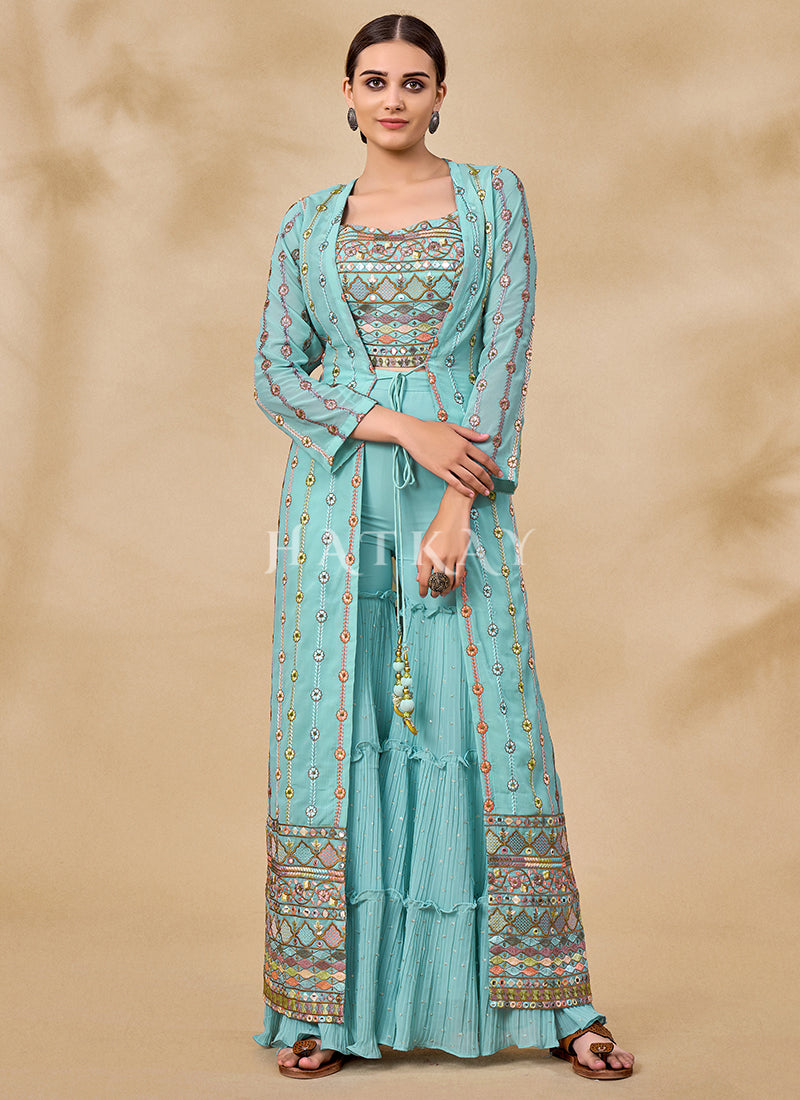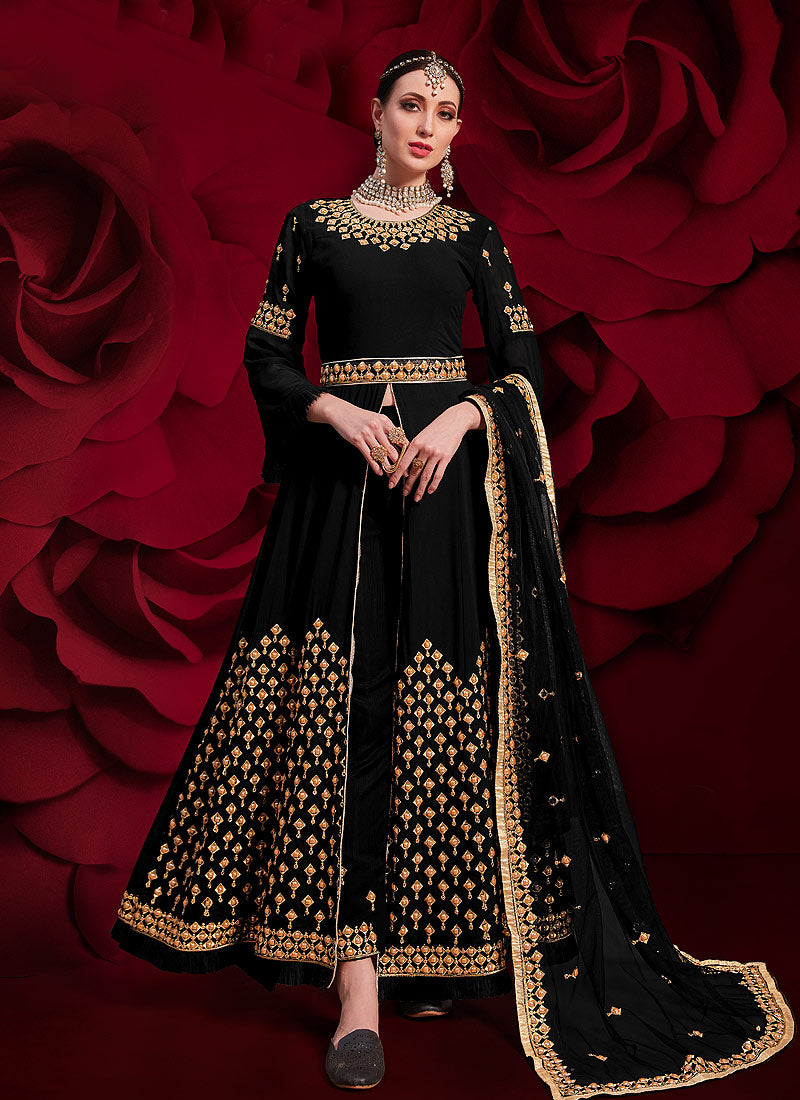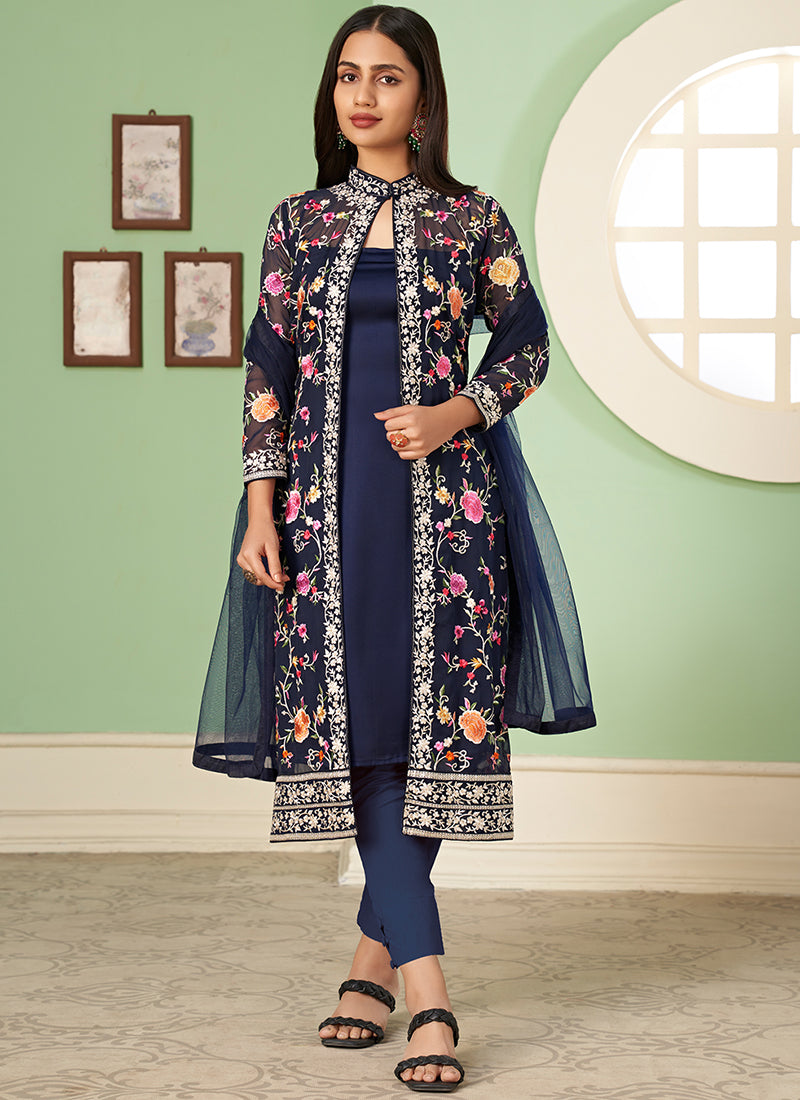The abaya dress, a traditional and elegant garment, holds a significant place in the fashion world, particularly within Islamic culture. Known for its flowing design and modesty, the abaya dress is much more than a piece of clothing; it is a statement of cultural identity, faith, and elegance. Over the years, the abaya has evolved, incorporating contemporary fashion elements while maintaining its traditional roots. In this comprehensive blog, we will explore the history, cultural significance, various styles, and modern adaptations of the abaya dress.
The Historical and Cultural Significance of the Abaya Dress:
The abaya dress has a rich history that dates back centuries, deeply rooted in the cultural and religious traditions of the Arabian Peninsula.
Origins: The abaya originated in the Arabian Peninsula, primarily worn by women in countries like Saudi Arabia, UAE, Qatar, and Kuwait. It served as a practical garment, offering protection from the harsh desert environment while adhering to the Islamic principles of modesty.
Cultural and Religious Significance: In Islamic culture, modesty is a key principle, and the abaya fulfills this requirement by covering the body while allowing freedom of movement. It is often worn over regular clothes when women go out in public, symbolizing piety and cultural identity.
The Traditional Abaya: Styles and Features
The traditional abaya is a long, black cloak that covers the body from the shoulders to the feet. While black is the most common color, abayas can come in various shades and designs, reflecting personal tastes and cultural influences.
- Classic Black Abaya
Design: The classic black abaya is a simple, loose fitting garment made from lightweight fabric. It typically has long sleeves and a front closure, often embellished with subtle embroidery or beadwork.
Fabric: Traditional abayas are made from fabrics like crepe, chiffon, and georgette, which provide a balance of modesty and comfort.
Cultural Significance: The classic black abaya is the most widely recognized form, symbolizing modesty and uniformity. It is commonly worn in countries like Saudi Arabia and Qatar.
- Embroidered Abaya
Design: Embroidered abayas feature intricate designs on the sleeves, neckline, and hem. The embroidery can range from simple patterns to elaborate, colorful motifs.
Fabric: These abayas are made from fabrics like silk and satin, which enhance the beauty of the embroidery.
Cultural Significance: Embroidered abayas are popular for special occasions, such as weddings and religious festivals, adding a touch of elegance and sophistication.
- Open Abaya
Design: The open abaya resembles a long coat, with an open front that can be closed with buttons, snaps, or a belt. It allows for more flexibility in styling, as it can be worn over a variety of outfits.
Fabric: Commonly made from lightweight, breathable fabrics like cotton and linen, open abayas are ideal for warmer climates.
Cultural Significance: This style is favored for its versatility and modern appeal, allowing women to express their personal style while adhering to modesty guidelines.
- Colored and Patterned Abaya
Design: Colored and patterned abayas break away from the traditional black, offering a range of colors and prints. These abayas may feature floral, geometric, or abstract patterns.
Fabric: Fabrics like jacquard, brocade, and printed crepe are used to create these vibrant abayas.
Cultural Significance: Colored and patterned abayas are popular among younger women and in regions with more relaxed dress codes, reflecting a blend of tradition and contemporary fashion.
Modern Adaptations and Trends in Abaya Fashion
The abaya has undergone significant transformation, influenced by global fashion trends and the increasing presence of Muslim women in the fashion industry. Modern abayas incorporate contemporary elements while respecting the garment's traditional essence.
- Designer Abayas
Innovative Designs: Prominent designers from the Middle East and beyond have reimagined the abaya with unique cuts, embellishments, and styles. Designers like Elie Saab, Dolce & Gabbana, and local talents like Huda Al Nuaimi have brought the abaya to international fashion runways.
High-quality Fabrics: Designer abayas often use luxurious fabrics like silk, velvet, and lace, combined with intricate embroidery, beadwork, and sequins.
Cultural Impact: These highfashion abayas are worn by celebrities and influencers, highlighting the garment's versatility and elegance on global platforms.
- Abaya Dresses with Contemporary Cuts
Styles: Contemporary abayas feature innovative cuts, such as asymmetrical hemlines, bell sleeves, and layered designs. These elements add a modern twist to the traditional silhouette.
Fabrics: Lightweight and flowy fabrics like chiffon, crepe, and georgette are used to enhance the movement and drape of the abaya.
Cultural Impact: These modern styles appeal to fashion forward women who want to maintain modesty while embracing contemporary fashion trends.
- Sporty and Casual Abayas
Design: Casual and sporty abayas are designed for everyday wear, featuring comfortable cuts, breathable fabrics, and minimalistic designs. These abayas may include pockets, hoods, and zippers for added functionality.
Fabric: Cotton, jersey, and lightweight knits are commonly used, providing comfort and ease of movement.
Cultural Impact: Casual abayas are popular among young women and those with active lifestyles, blending practicality with style.
- Abaya with Accessories
Styling: Modern abayas are often paired with accessories like belts, brooches, and scarves to create a personalized look. Statement jewelry and handbags can also enhance the overall outfit.
Cultural Impact: Accessorizing allows women to express their individuality and style while adhering to cultural norms, making the abaya a versatile and fashionable choice.
The Abaya in Global Fashion
The abaya has transcended its traditional roots to become a global fashion statement, embraced by women around the world for its elegance and modesty.
Fashion Weeks and Runways: The inclusion of abayas in international fashion weeks, such as New York and Paris Fashion Week, has brought the garment to the forefront of global fashion. Designers showcase their innovative takes on the abaya, highlighting its versatility and sophistication.
Celebrities and Influencers: High-profile celebrities and influencers, both Muslim and nonMuslim, have been spotted wearing abayas, further popularizing the garment. Their endorsement of the abaya has helped break cultural barriers and promote inclusivity in fashion.
Cultural Exchange: The global appreciation of the abaya reflects a growing interest in cultural exchange and understanding. By embracing the abaya, women from different backgrounds celebrate the beauty of diversity and shared values of modesty and elegance.
Conclusion: The Enduring Legacy of the Abaya Dress
The abaya dress is a powerful symbol of modesty, elegance, and cultural identity. Its journey from a traditional garment to a global fashion icon is a testament to its timeless appeal and adaptability. Whether worn for religious reasons, cultural pride, or fashion, the abaya continues to inspire and empower women worldwide.
As we celebrate the enduring legacy of the abaya, we honor the craftsmanship, creativity, and cultural heritage that have shaped this iconic garment. The abaya's ability to evolve with changing fashion trends while maintaining its essence makes it a cherished and versatile addition to any wardrobe. Whether you prefer the classic black abaya, a contemporary designer piece, or a casual sporty style, the abaya offers something for everyone, reflecting the diversity and richness of global fashion.













